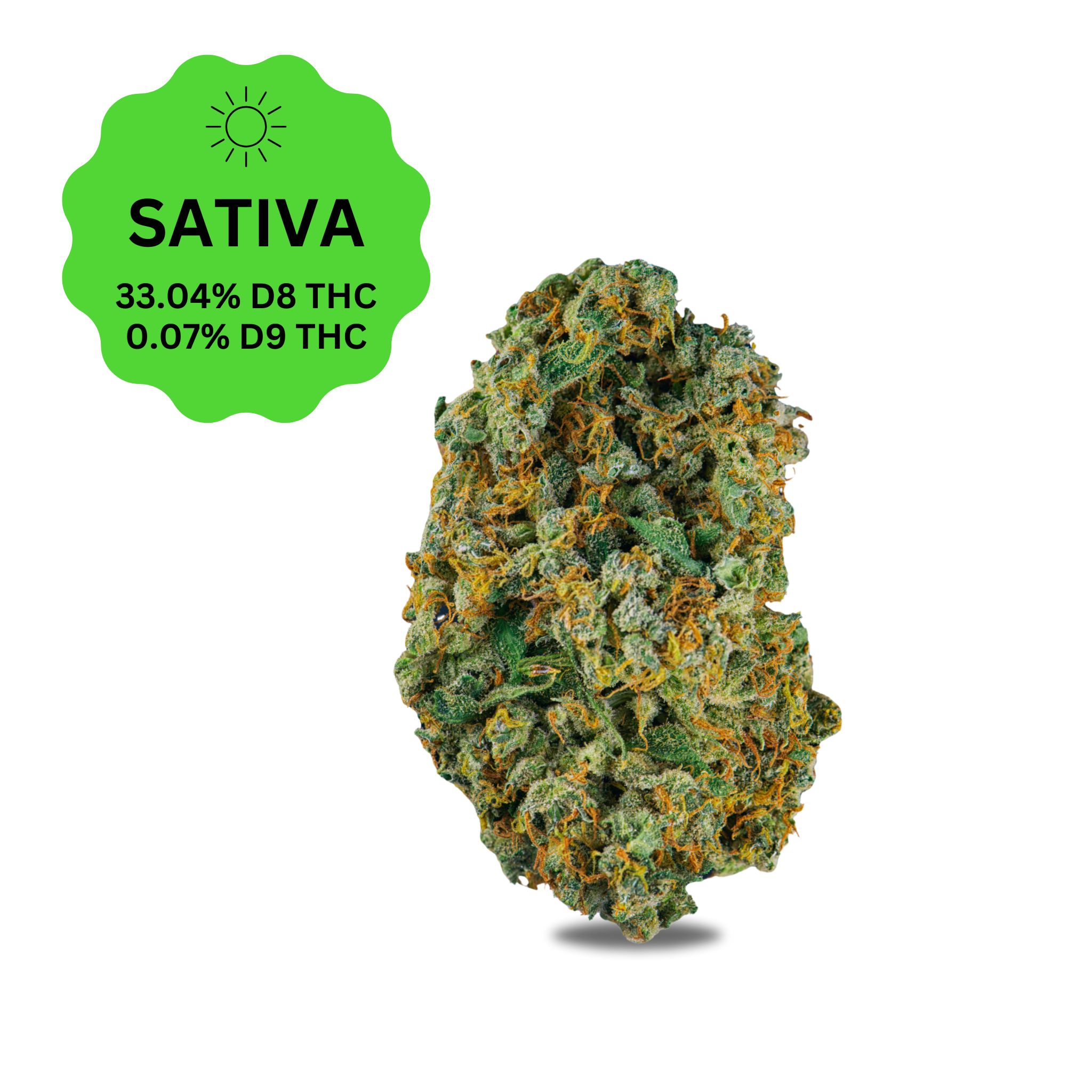
$14.99
![]() >
Blogs
>
Cannabis >
Let’s Talk Delta-8 State Legality: North Dakota
>
Blogs
>
Cannabis >
Let’s Talk Delta-8 State Legality: North Dakota
THE STATEMENTS ON THIS BLOG ARE NOT INTENDED TO DIAGNOSE, TREAT, CURE, OR PREVENT ANY DISEASE. THE FOOD AND DRUG ADMINISTRATION HAS NOT EVALUATED ANY STATEMENTS CONTAINED WITHIN THE BLOG. ATLRX DOES NOT IN ANY WAY GUARANTEE OR WARRANT THE ACCURACY, COMPLETENESS, OR USEFULNESS OF ANY MESSAGE. THE INFORMATION CONTAINED WITHIN THIS BLOG IS FOR GENERAL INFORMATIONAL PURPOSES ONLY.
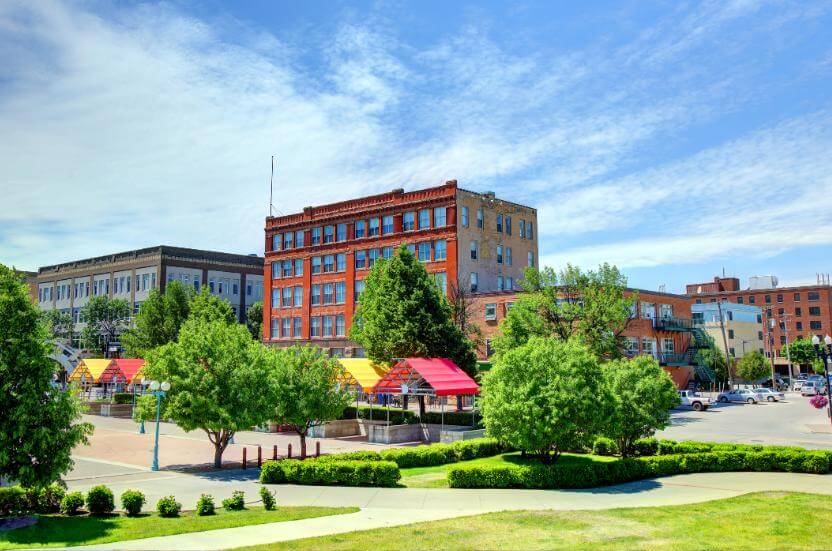
North Dakota is similar to South Dakota except it’s closer to Canada and it doesn’t have Mount Rushmore. But that isn’t all; it did legalize medical marijuana with the North Dakota Compassionate Care Act. However, their recreational laws are non-existent–in fact, their repercussions are harsher than most states. If you are carrying half an ounce, you’re facing a $1000 fine and a prison time that adjusts based on the amount you’re carrying. North Dakota has made delta-8 THC illegal. The decision was finalized in the North Dakota House Bill 1045, prohibiting Delta-8.
TITLE 4.1 AGRICULTURE. CHAPTER 4.1-18.1 HEMP
4.1-18.1-01. Hemp (cannabis sativa L.).
“Hemp” means the plant cannabis sativa L. and any part of the plant, including the seeds and all derivatives, extracts, cannabinoids, isomers, acids, salts, and salts of isomers, whether growing or not, with a delta-9 tetrahydrocannabinol concentration of not more than three-tenths of one percent on a dry weight basis.
CHAPTER 19-03.1 UNIFORM CONTROLLED SUBSTANCES ACT
19-03.1-01. Definitions.
- “Marijuana” means all parts of the plant cannabis sativa L., whether growing or not; the seeds thereof; the resin extracted from any part of the plant; and every compound, manufacture, salt, derivative, mixture, or preparation of the plant, its seeds, or resin. The term does not include the mature stalks of the plant, fiber produced from the stalks, oil or cake made from the seeds of the plant, any other compound, manufacture, salt, derivative, mixture, or preparation of mature stalks, except the resin extracted therefrom, fiber, oil, or cake, or the sterilized seed of the plant which is incapable of germination. The term marijuana does not include hemp as defined in title 4.1.
19-03.1-05. Schedule I.
- Hallucinogenic substances. n. Tetrahydrocannabinols, meaning tetrahydrocannabinols naturally contained in a plant of the genus Cannabis (cannabis plant), as well as synthetic equivalents of the substances contained in the cannabis plant, or in the resinous extractives of such plant, including synthetic substances, derivatives, and their isomers with similar chemical structure and pharmacological activity to those substances contained in the plant; excluding tetrahydrocannabinols found in hemp as defined in title 4.1; such as the following:
(1) Delta-1 cis or trans tetrahydrocannabinol, and their optical isomers. Other names: Delta-9-tetrahydrocannabinol.
(2) Delta-6 cis or trans tetrahydrocannabinol, and their optical isomers.
(3) Delta-3,4 cis or trans tetrahydrocannabinol, and its optical isomers.
(Since nomenclature of these substances is not internationally standardized, compounds of these structures, regardless of numerical designation of atomic
positions covered.)
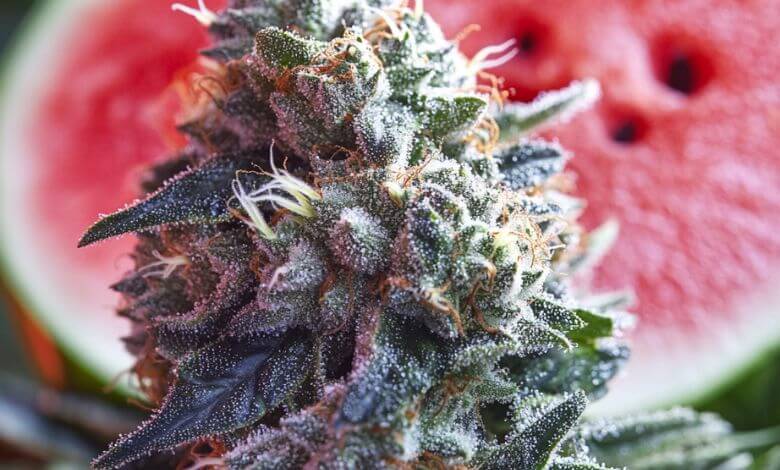
April 11, 2025
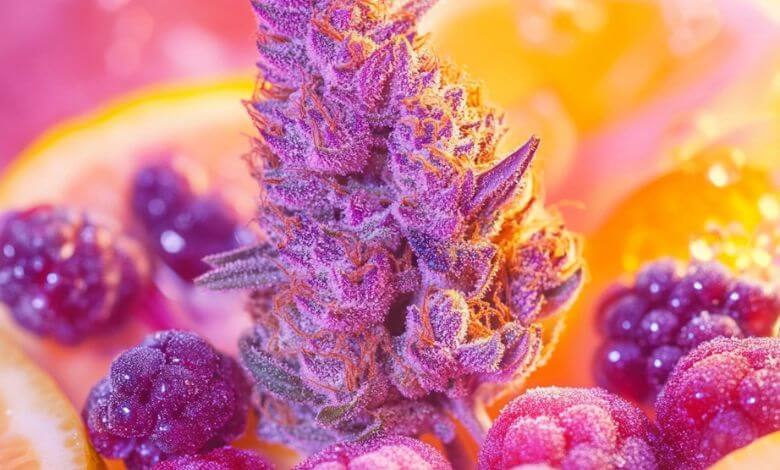
April 10, 2025
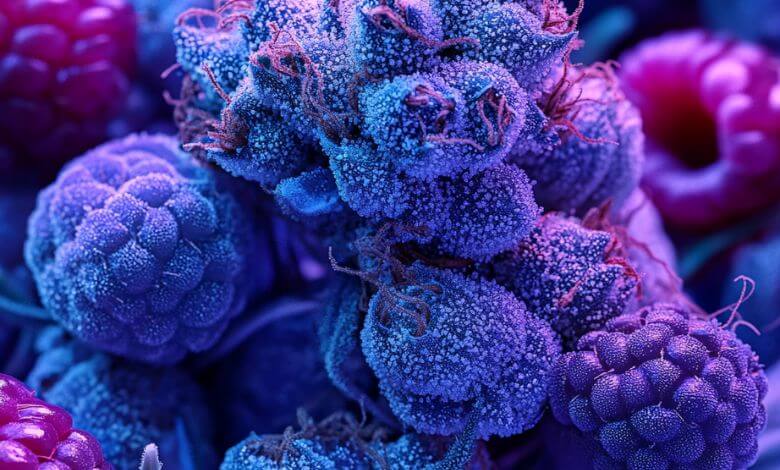
April 4, 2025
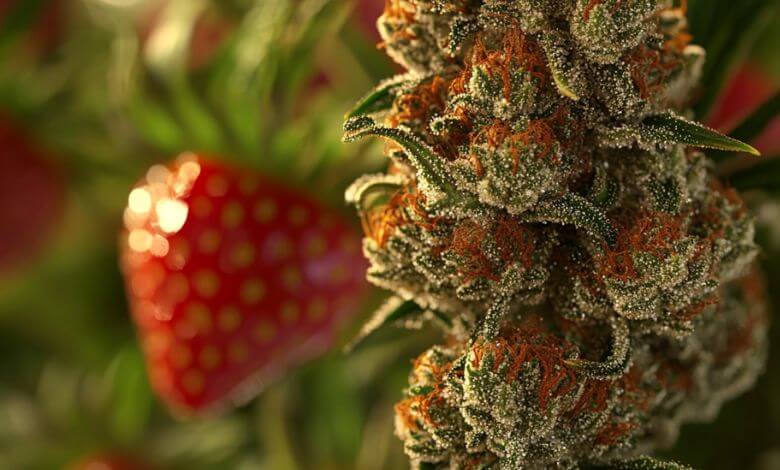
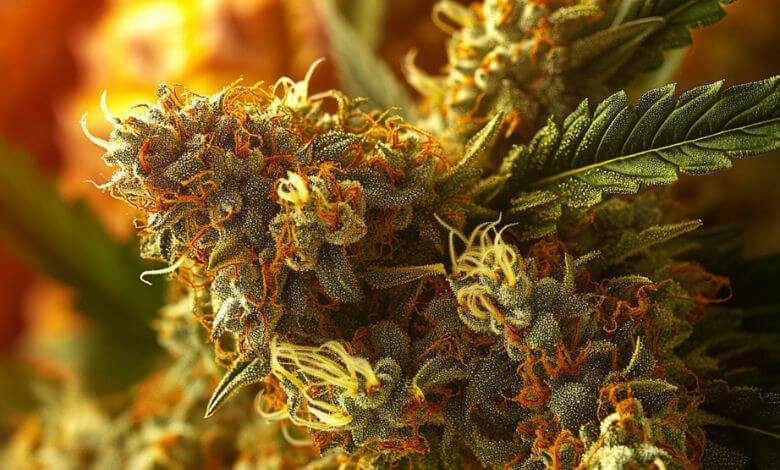
March 26, 2025

$14.99
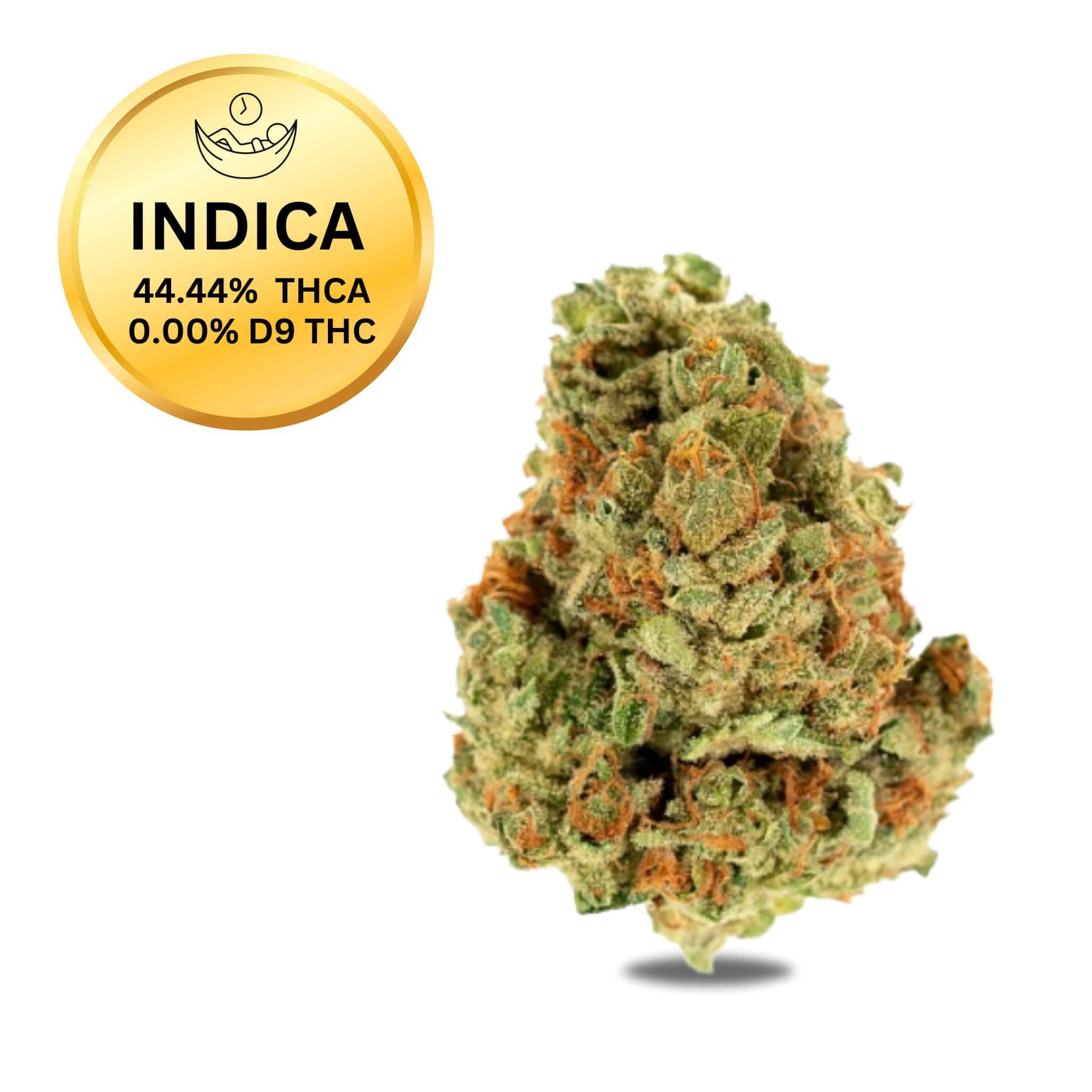
$19.99
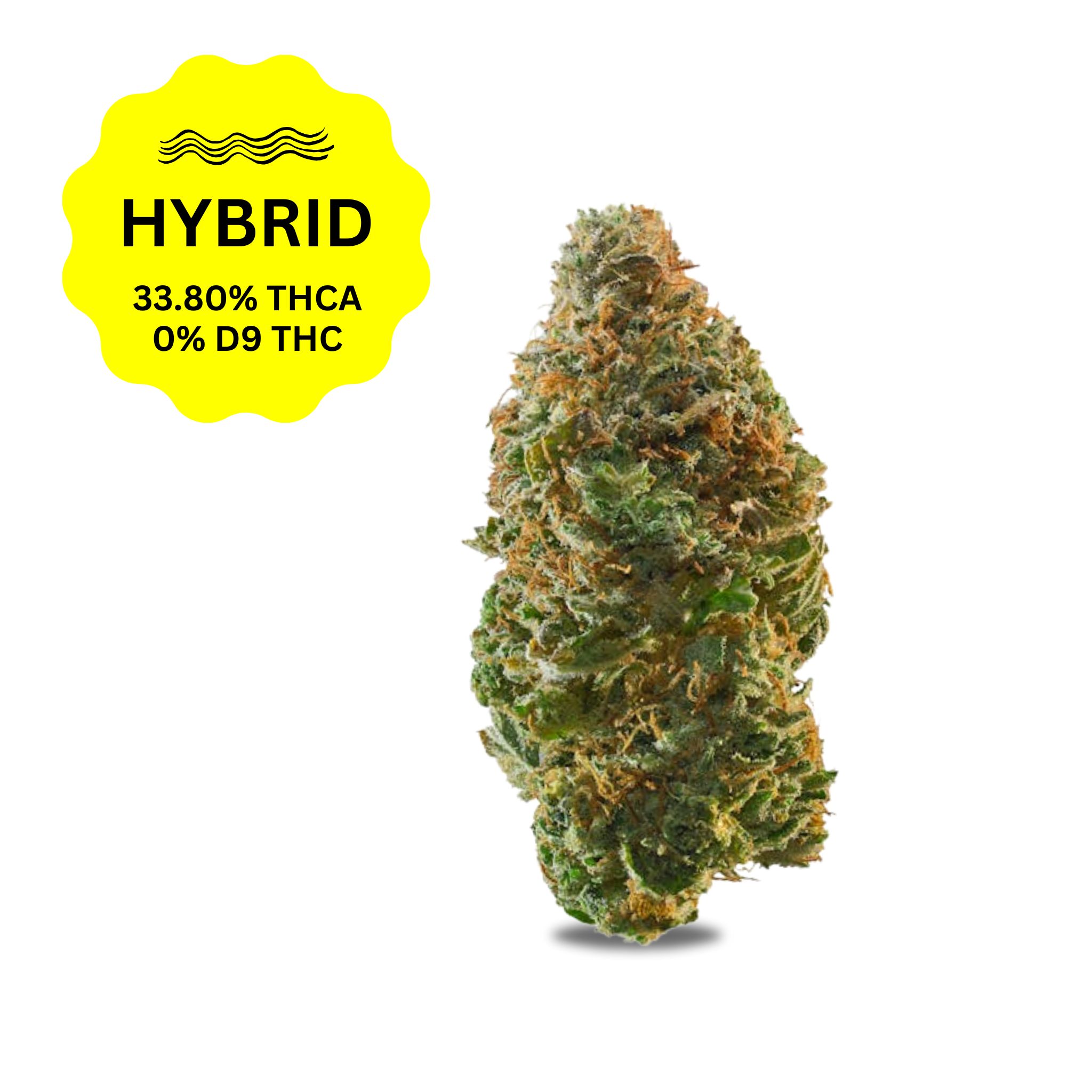
$14.99
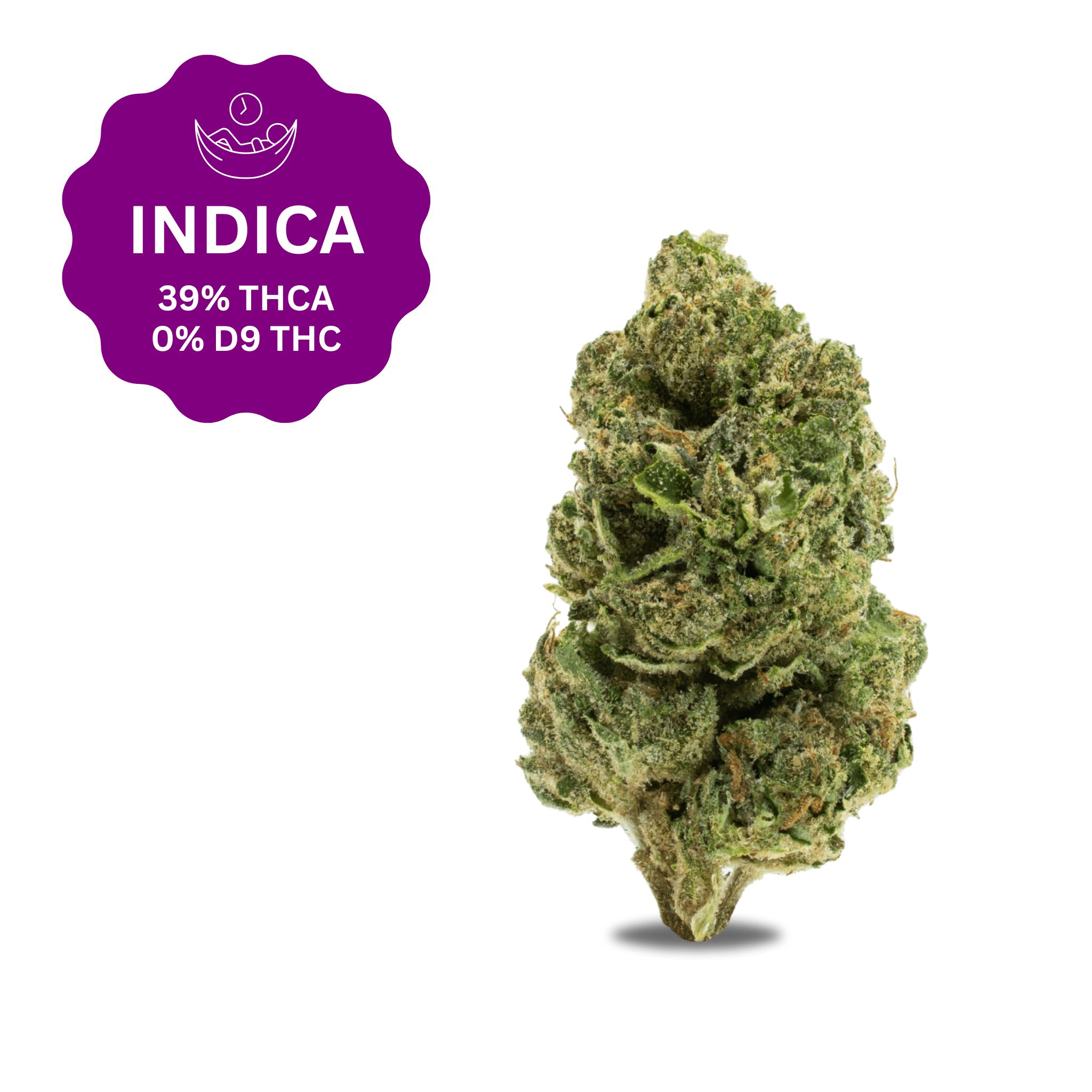
$14.99
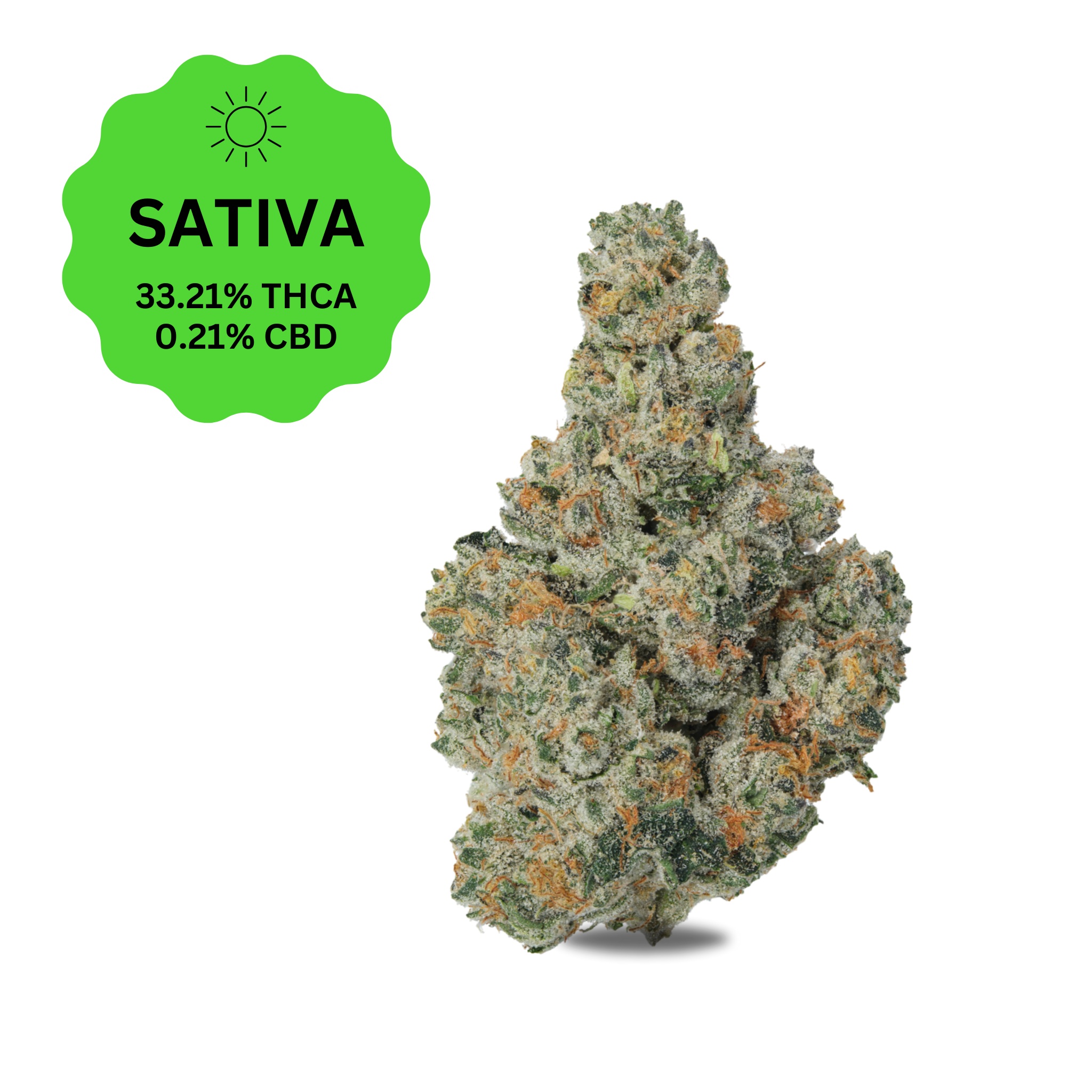
$14.99
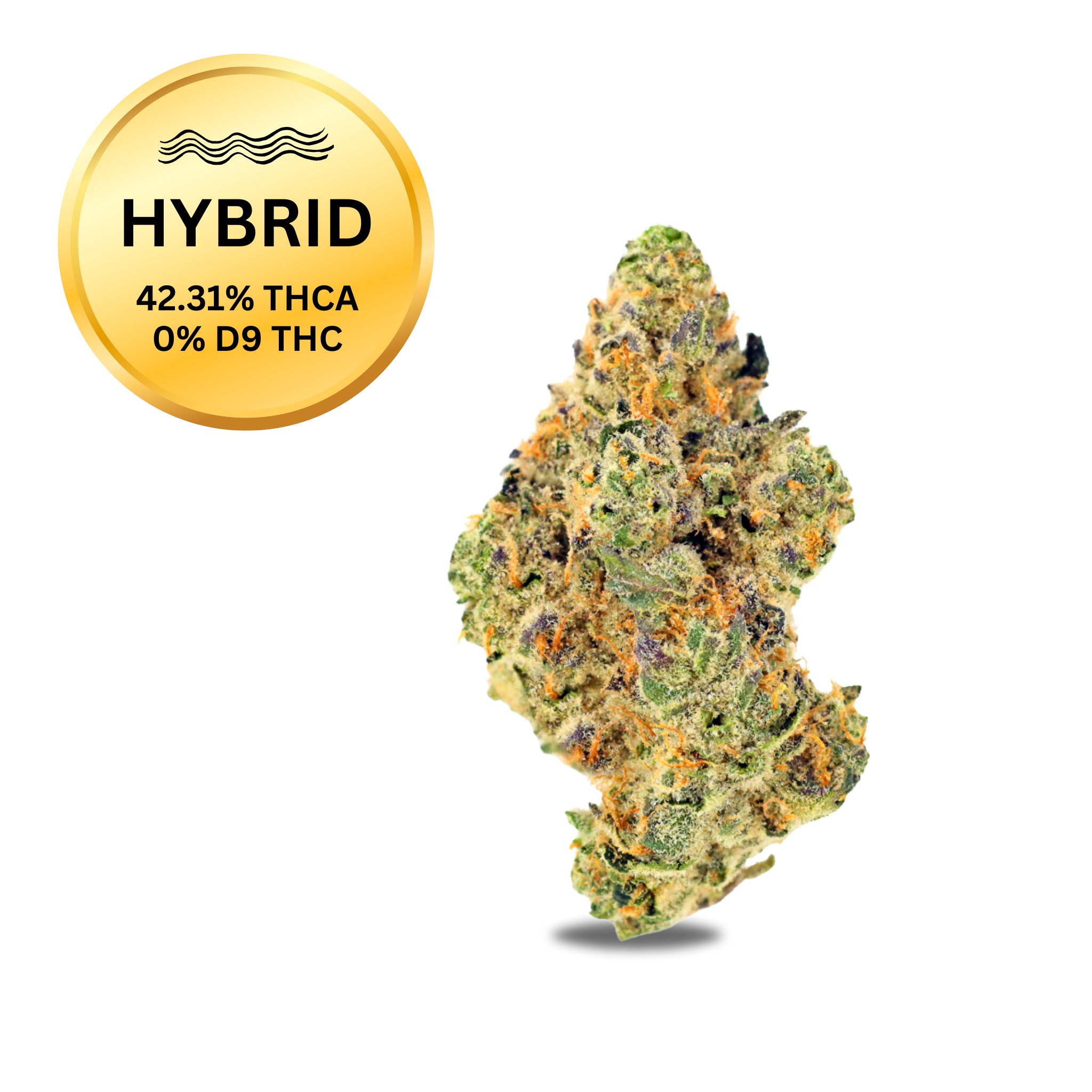
$14.99
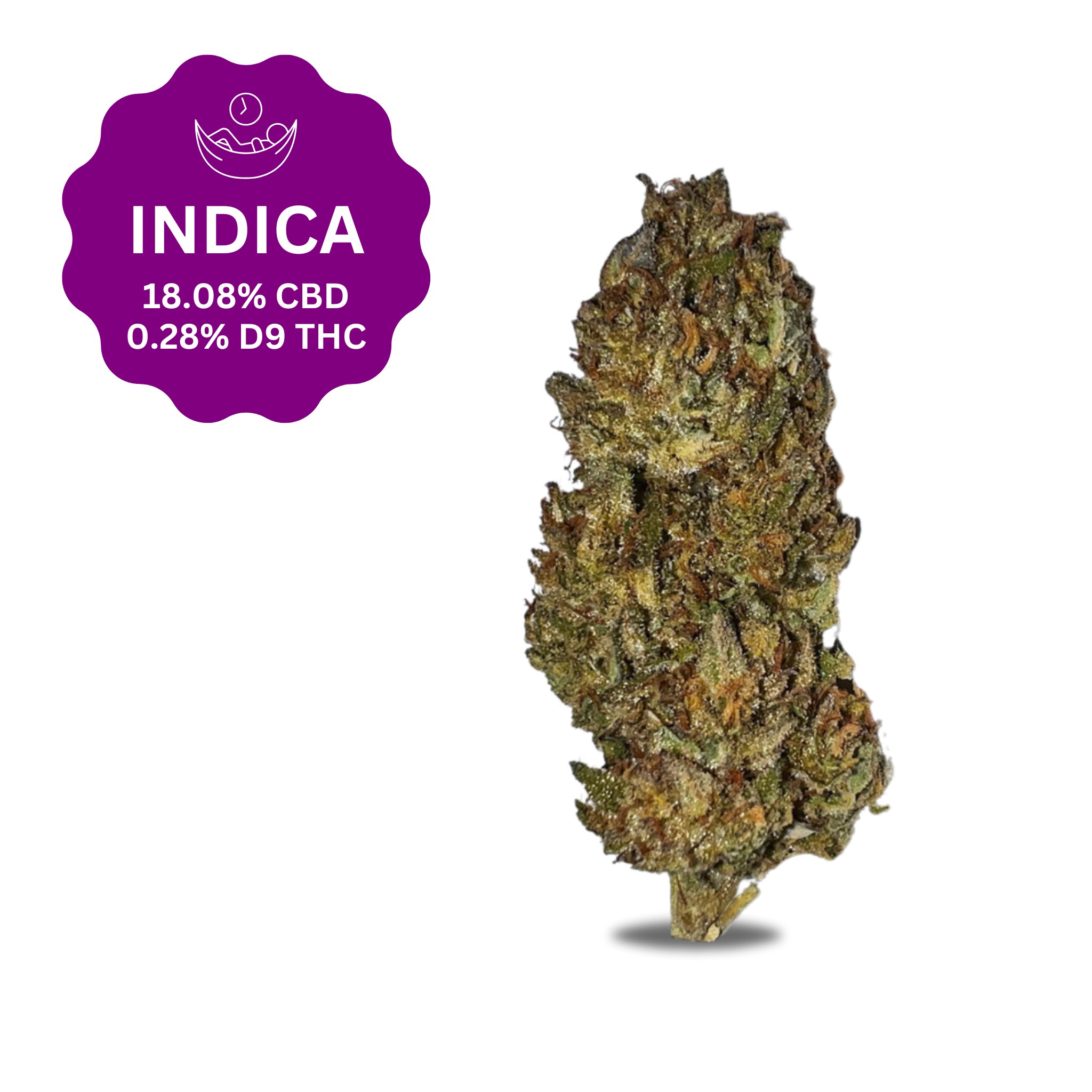
$29.99

